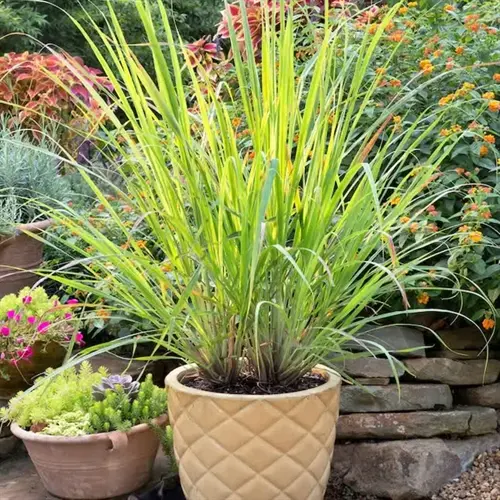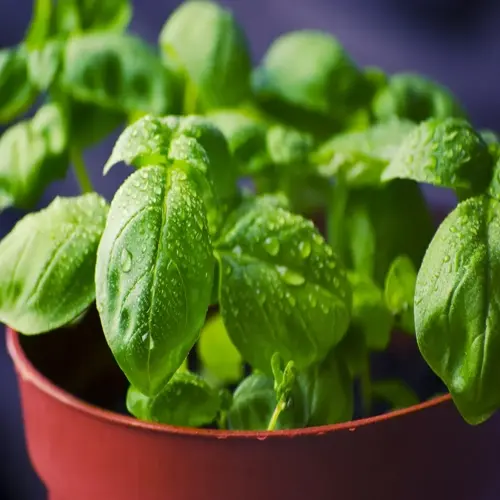What insects does oregano repel?

Written by
Julia Anderson
Reviewed by
Prof. Martin Thorne, Ph.D.Oregano is a natural pest repellent due to its pungent aroma. Oregano repels insects both when used in the garden and when applied as a spray. Carvacrol and thymol, monoterpenes that are important constituents in essential oils of oregano, make an environment that insects won't go near. With better distribution for planting, oregano may enhance the protective effect. I have used borders of oregano around my vegetable garden to minimize pest issues (e.g., aphids).
Companion Planting
- Plant oregano near cabbage to deter moths
- Border vegetable beds with oregano to repel beetles
- Intercrop with cucumbers against beetle infestations
Oil Extraction
- Steep fresh leaves in carrier oil for 2 weeks
- Dilute concentrate with water (1:10 ratio)
- Spray directly on affected plants every 3 days
Fresh Barrier Applications
- Place cuttings near patio seating against mosquitoes
- Rub crushed leaves on outdoor furniture surfaces
- Hang dried bunches in doorways against flying insects
Different types of oregano offer varying levels of pest protection. For best results, use Greek oregano, which has higher levels of carvacrol, as a pest deterrent. Hot and Spicy oregano varieties are most effective against beetles or larvae (e.g., moths). Italian varieties provide a milder level of protection, while smelling very nice. Select the appropriate type of oregano variety that most closely addresses your pest issue.
Proper timing of applications will improve the repellent effects of oregano on plant pests. When sprays are applied in the cooler hours of the morning, when essential oils have greater adherence to the leaves, replace crushed leaf barriers after rain. Oregano seedlings should be planted 4 weeks before pest season peaks. The efficacy should be monitored weekly, and measures adjusted as necessary.
Integrating oregano with other repellent plants can increase their potential efficacy. Use basil to ward off flies, and marigolds are best against nematodes. Not helpful for plants that absorb water and create humid environments favored by pests, such as lettuce, celery, and peppers. Each year, move your plants around to fresh soil to renew repellent attributes of simple plants and soil.
When the oil concentration is at maximum, harvest leaves for the repellent before flowering occurs. To properly dry the leaves, hang them in bunches upside down in a dark, well-ventilated area. Properly stored dried material can last throughout the year when applying the repellent. Before using, crush the dried leaves thoroughly to release the essential oils you need.
Read the full article: How to Grow Oregano Successfully

